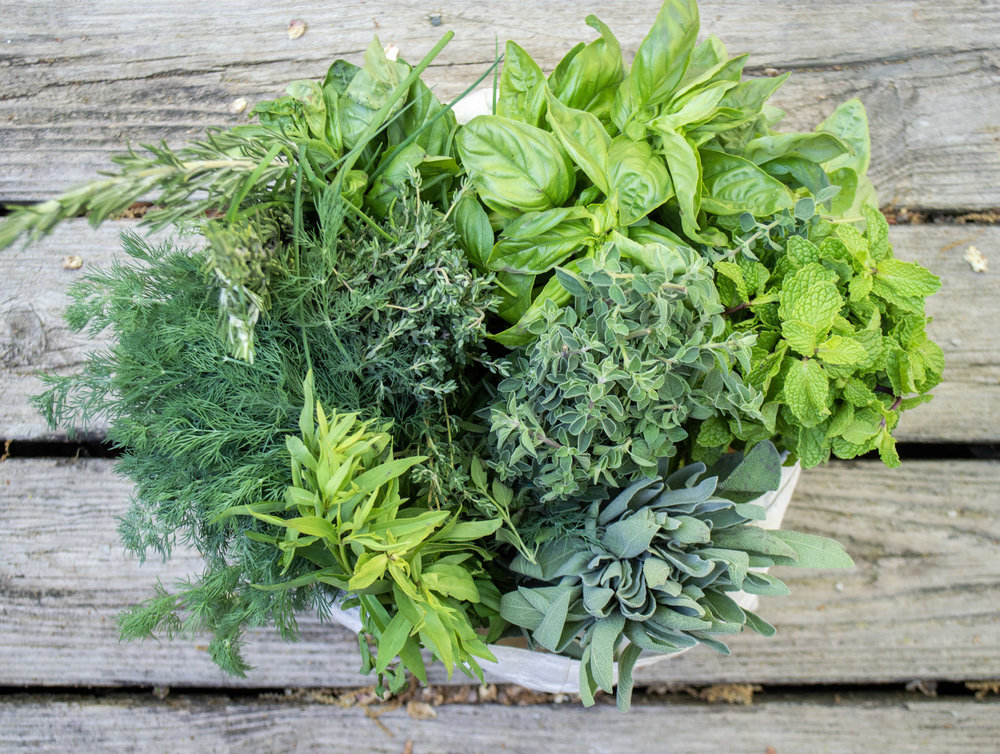



Article by: Hari Yellina
When transporting vegetables, maintaining the cold chain is crucial. However, it may be especially useful while transporting herbs. “Herbs have a short shelf life and are highly perishable. “How you handle the cold chain has a direct impact on the herb’s quality and shelf life,” explains Grego Berliavsky of Infinite Herbs & Specialties in Miami, Florida. Infinite Herbs built a comparable system in its Miami facility in February after observing how successful the vacuum chilling system was proving to be within Colombia’s Agroaromas SAS, which sources the majority of its herbs. The new technology was implemented at Infinite Herbs to remove the moisture or “perspire” from the herbs after they were collected.
The herbs enter the cooling system, and the temperature and atmospheric pressure are both reduced. Water surrounding the herb evaporates at this moment, and the temperature lowers from 50-60 degrees Fahrenheit to 34-36 degrees Fahrenheit, putting the herbs to “sleep.” “When you took them out, you not only cooled the herbs, but you also dried them, which is important. That’s what will allow you to extend the shelf life,” Berliavsky says. It was also a completely natural system. “You’re not injecting any gas or other substance inside the box.” “This is simply a natural mechanism that alters the atmospheric pressure inside the chamber,” Berliavsky explains.
However, it’s a delicate balance since, while moisture must be eliminated, the system is regulated to avoid dehydrating the fresh herb product. And, while it treats all of its plants in this manner, basil is an exception. “Basil is a whole different beast in that it despises the cold. Basil can burn if the temperature drops below 45 degrees, thus the best temperature for basil is between 50 and 55 degrees, according to Berliavsky, who adds that it can even go up to 60 degrees without “perspiring.” Basil, on the other hand, requires its unique settings, such as the machine only cooling to 50 degrees before stopping. “It’s chilling, but it’s also removing as much condensation as it can.”
It’s a major headache for our sector because it’s the most widely used herb, but it’s also the most fragile and difficult to handle,” he explains. Meanwhile, because there are no leaves or stems on chives, it is the most fragile of the group. “Once it gets above 38-40 degrees, it starts to turn yellow and mushy,” Berliavsky explains. Infinite Herbs employs the vacuum cooling technique on its herbs twice: once in Colombia, where 60 percent of its herbs are cultivated in a variety of temperatures and altitudes, and again in the United States. Then there’s the arrival in Miami, the hub for all of the company’s herb shipments.
This is partly due to the temperature variations that the herbs may encounter during their travels. “Because the herbs are brought in by air, and even though cargo planes maintain a consistent temperature throughout the journey, just the handling and moving them from a cold room to a runway and then into Miami, where it’s 85 degrees for 10 months of the year, those temperature changes have a significant impact on the herbs,” says Berliavsky. He points out that, in an ideal world, a vacuum cooling system would be installed in every stop; nevertheless, expenses prevent this, therefore Infinite Herbs is convinced that the two vacuum cooling stops would suffice for the time being.
What about the outcome? Berliavsky thinks that the shelf life of Infinite herbs has been prolonged by three to five days as a result of the new technique. It has also proven to be so successful that it has implemented the system for its flowers. “It’s all really simple to use and set up, and we noticed a difference immediately away,” Berliavsky says. “To get the most out of it, I’m now attempting to utilise it 24 hours a day.”